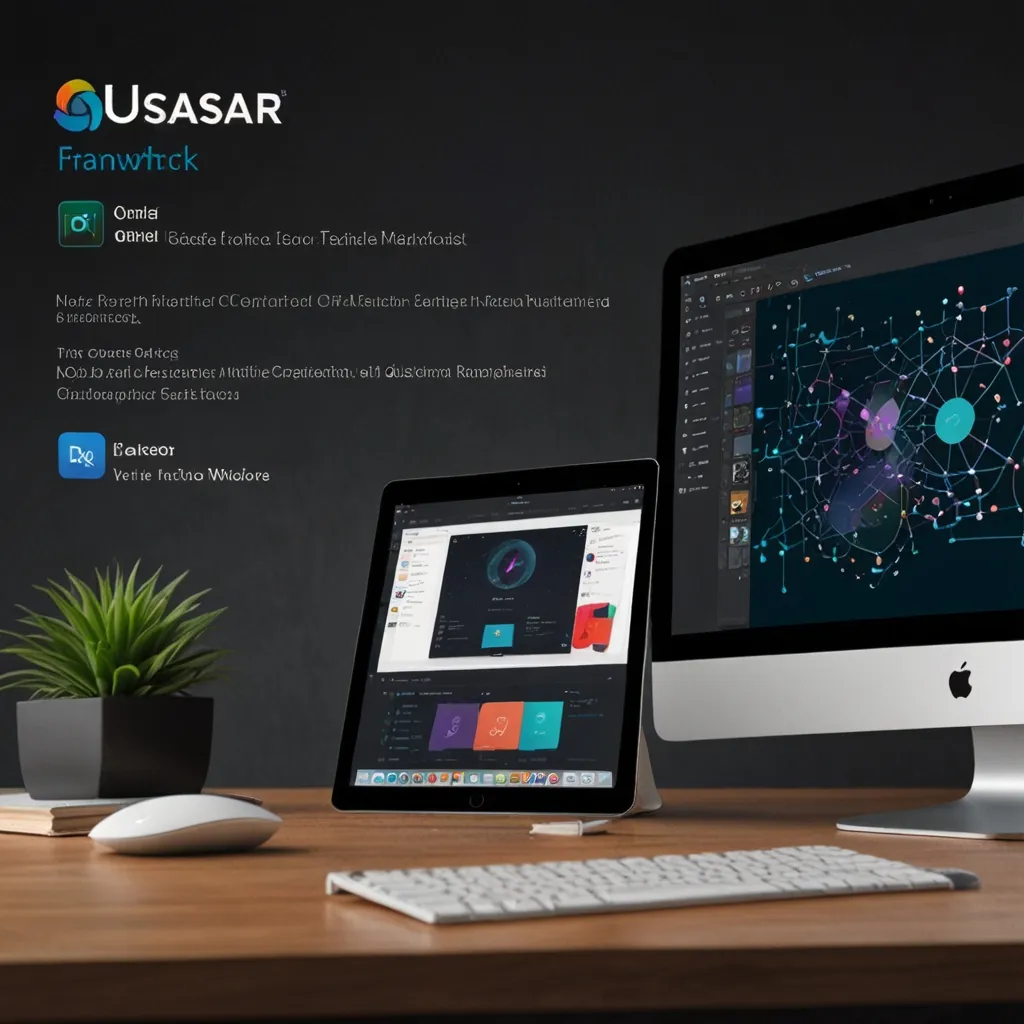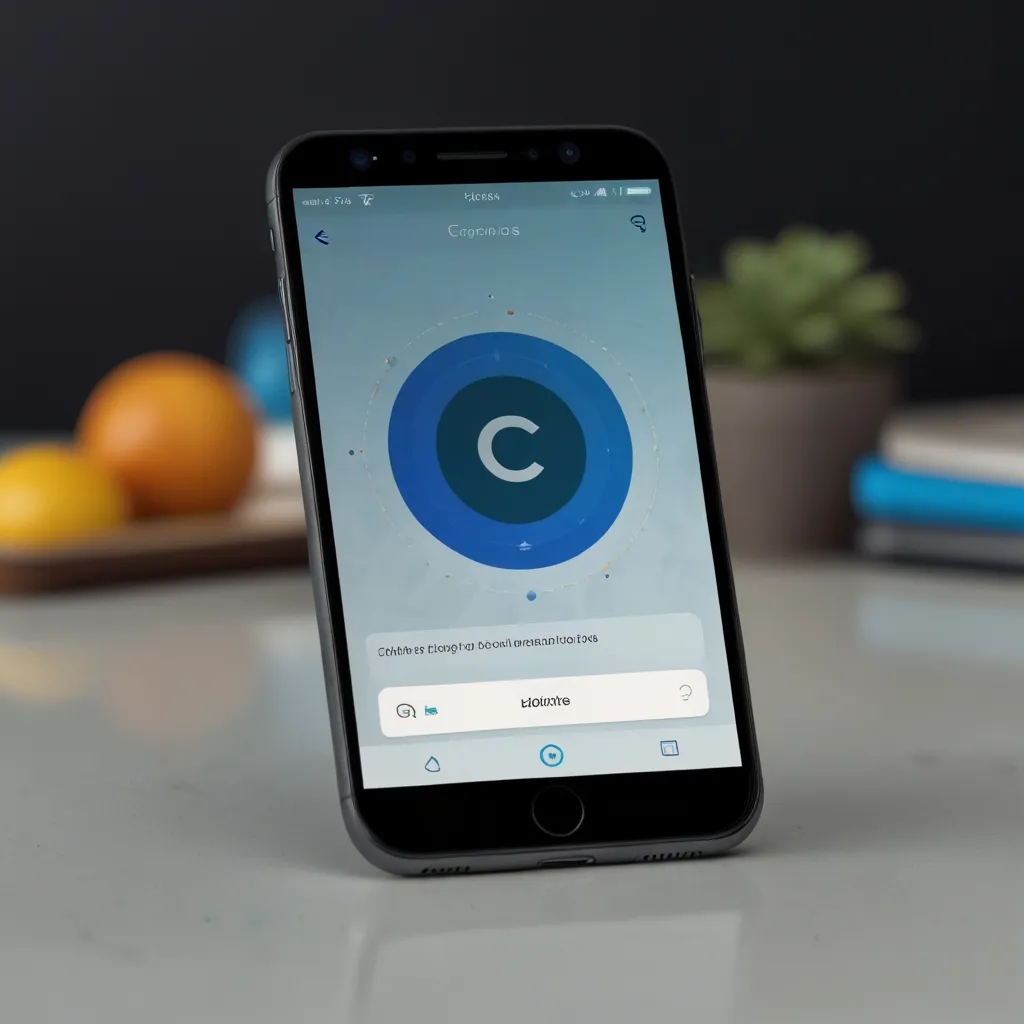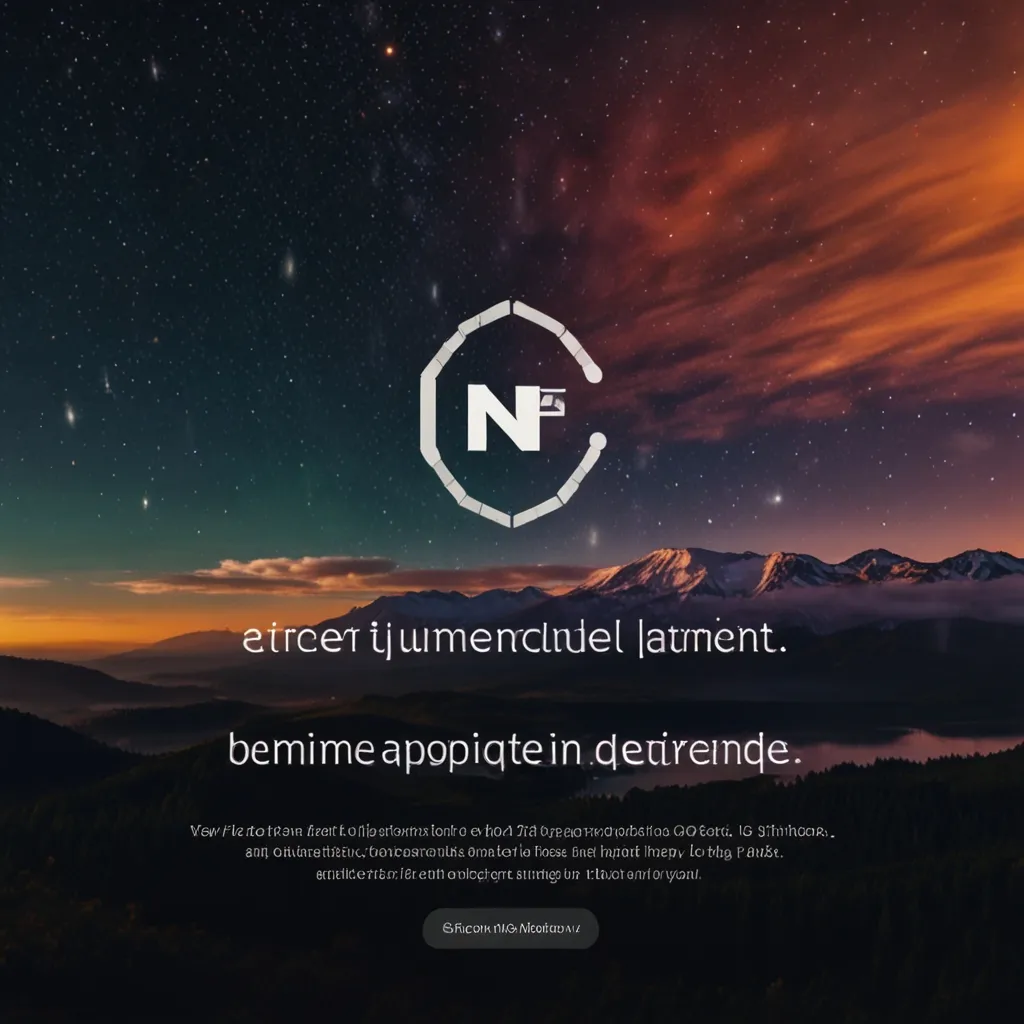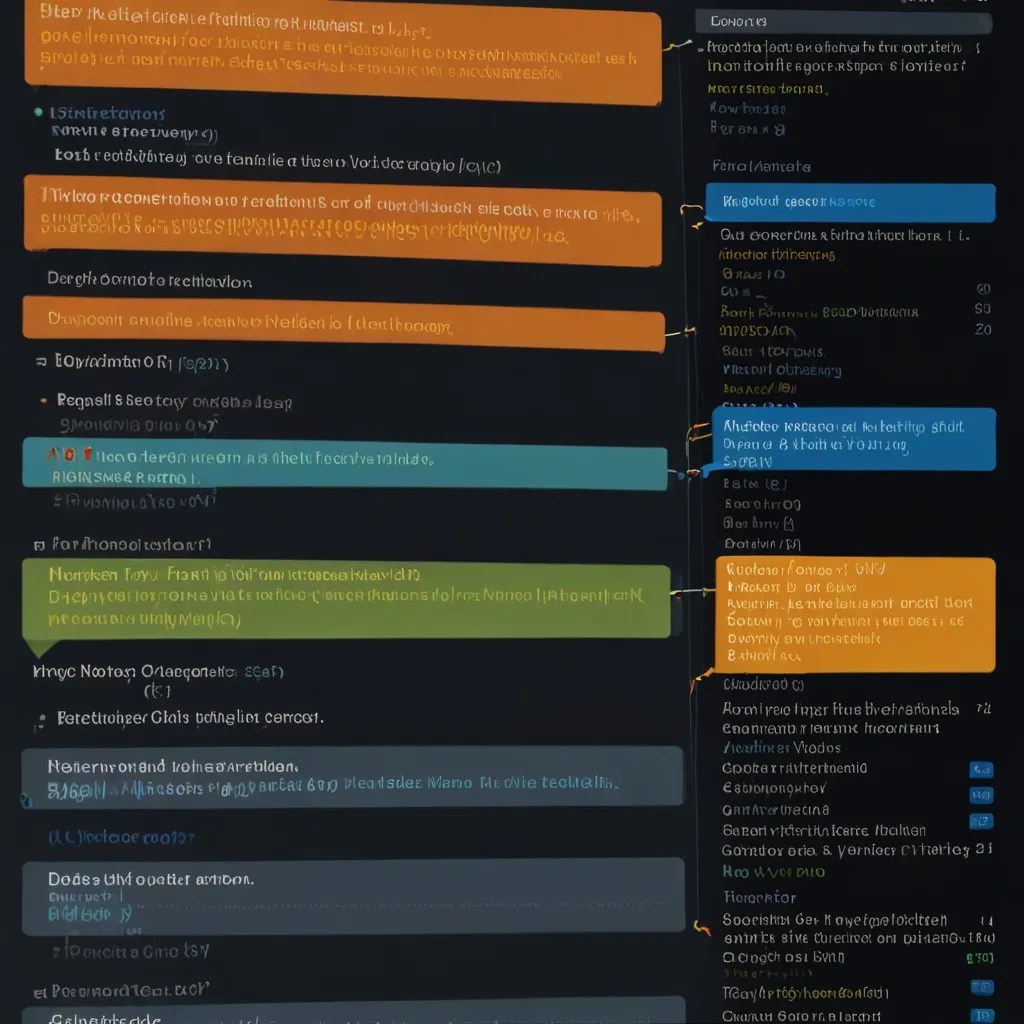In today’s fast-paced tech world, developers crave a magic wand to create applications for multiple platforms without tearing their hair out. The Quasar Framework steps up to the plate, built on the backbone of Vue.js, promising an oasis in the desert of web and mobile app development. With Quasar, you write code once and deploy it everywhere.
The essence of Quasar lies in its versatility and power. As an open-source framework, it lets developers write a single codebase to deploy as a website, mobile app, or desktop application. This all-in-one capability makes Quasar a favorite in the developer community, keen on maximizing productivity without sacrificing quality. Its straightforward mantra, “write code once and deploy everywhere,” says it all.
So what makes Quasar so appealing? A big part is its support for cross-platform development. Whether you’re working on single-page applications (SPAs), progressive web apps (PWAs), server-side rendered (SSR) apps, or mobile and desktop apps using Cordova or Electron, Quasar has your back. Having a single codebase ready for various platforms slashes development time and reduces costs significantly. That’s efficiency at its best.
Another key feature is its high-performance components. Quasar boasts a library of over 70 customizable Material Design components, from forms and typography to layout and grid systems. These components are not only attractive but also responsive, smoothly operating across different devices. This rich toolkit helps developers build robust and visually striking applications with ease.
When it comes to documentation, Quasar leaves no stone unturned. Its detailed documentation is a goldmine for developers, full of examples you can copy and drop into your projects. This makes ramping up quick and tweaking components hassle-free.
Getting started with Quasar is a breeze. After a quick installation of the Quasar CLI on your machine, a few simple commands are all you need to set up a new project. Checking the install with quasar -v, followed by either yarn global add @quasar/cli or npm install -g @quasar/cli, gets you ready to create a new project with quasar create <folder_name>. Then it’s as simple as running quasar dev to kickstart the development server and dive into app building.
Why should you jump on the Quasar bandwagon? For starters, its performance and responsiveness are top-notch. Designed to handle complex applications, Quasar’s components are fine-tuned for speed. Developers have even praised its hot-reload feature for being snappier than competing frameworks like Buefy + Nuxt, giving them a smoother development experience.
Customizability is another win for Quasar. While its default theme follows Material Design, you can easily tailor it to fit your brand’s unique style. Most components have slots for every detail, making customization a walk in the park.
Quasar also boasts an active and supportive community. With consistent updates and responsiveness to feedback, the framework stays abreast of the latest tech trends, ensuring developers always have the best tools at their disposal.
Starting a project with Quasar is simple and efficient. Answering a few setup questions upon running the quasar create command is enough to tailor your project’s initial setup. Once the project is live, navigating into the project folder and launching the development server via quasar dev opens up your project instantly in a web browser, ready for development.
Working with Quasar components is incredibly user-friendly. For instance, creating a form with the q-form component is effortless. Components like q-input and q-btn make building and validating forms a breeze. Here’s a quick look:
<template>
<q-form @submit="onSubmit" @reset="onReset" class="q-gutter-md">
<q-input
filled
v-model="name"
label="Your name *"
hint="Name and surname"
lazy-rules
:rules="[val => val && val.length > 0 || 'Please type something']"
/>
<q-input
filled
type="number"
v-model="age"
label="Your age *"
lazy-rules
:rules="[
val => val !== null && val !== '' || 'Please type your age',
val => val >= 0 && val < 100 || 'Please type a real age'
]"
/>
<div>
<q-btn label="Submit" type="submit" color="primary"/>
<q-btn label="Reset" type="reset" color="primary" flat class="q-ml-sm" />
</div>
</q-form>
</template>
<script>
export default {
data() {
return {
name: '',
age: null
};
},
methods: {
onSubmit() {
this.$q.notify({
color: 'green-4',
textColor: 'white',
icon: 'cloud_done',
message: 'Submitted'
});
},
onReset() {
this.name = '';
this.age = null;
}
}
}
</script>
This snippet shows how easy creating a form with validation can be using Quasar components.
A standout feature of Quasar is its cross-platform deployment capabilities. Essentially, you can build for the web with PWAs and deploy the same codebase as a mobile app using tools like Cordova or Capacitor. Here’s a snippet of how to configure your quasar.conf.js file to support different platforms:
module.exports = configure(function (/* config */) {
return {
build: {
scopeHoisting: true,
vueCompiler: true,
extendWebpack(cfg) {
cfg.module.rules.push({
enforce: 'pre',
test: /\.(js|vue)$/,
loader: 'eslint-loader',
exclude: /(node_modules|quasar)/
});
}
},
devServer: {
https: false,
port: 8080,
open: true
},
framework: {
config: {},
plugins: []
},
sourceFiles: {
rootComponent: 'src/App.vue',
router: { mode: 'history' },
store: true,
storeAutoImport: true,
storeFileName: 'store/index.js'
},
pwa: {
workboxPluginMode: 'GenerateSW',
workboxOptions: {},
manifest: {
name: 'My App',
short_name: 'My App',
description: 'A Quasar Framework app.',
display: 'standalone',
orientation: 'portrait',
background_color: '#ffffff',
theme_color: '#027be3',
icons: [
{
src: 'icons/icon-128x128.png',
sizes: '128x128',
type: 'image/png'
},
{
src: 'icons/icon-192x192.png',
sizes: '192x192',
type: 'image/png'
},
{
src: 'icons/icon-256x256.png',
sizes: '256x256',
type: 'image/png'
},
{
src: 'icons/icon-384x384.png',
sizes: '384x384',
type: 'image/png'
},
{
src: 'icons/icon-512x512.png',
sizes: '512x512',
type: 'image/png'
}
]
}
},
cordova: {},
capacitor: {},
electron: {}
}
});
With this setup, you can build your Quasar project for web, mobile, and desktop platforms, showcasing its flexibility.
To wrap it all up, Quasar Framework is a gem for developers eager to build high-performance, responsive, cross-platform applications effortlessly. Its rich component library, excellent documentation, and active community make it a no-brainer for your development toolbox. Whether crafting a simple web app or a detailed mobile and desktop application, Quasar equips you with everything you need to turn your ideas into reality seamlessly. Give Quasar a whirl—you might just wonder how you ever managed without it.






